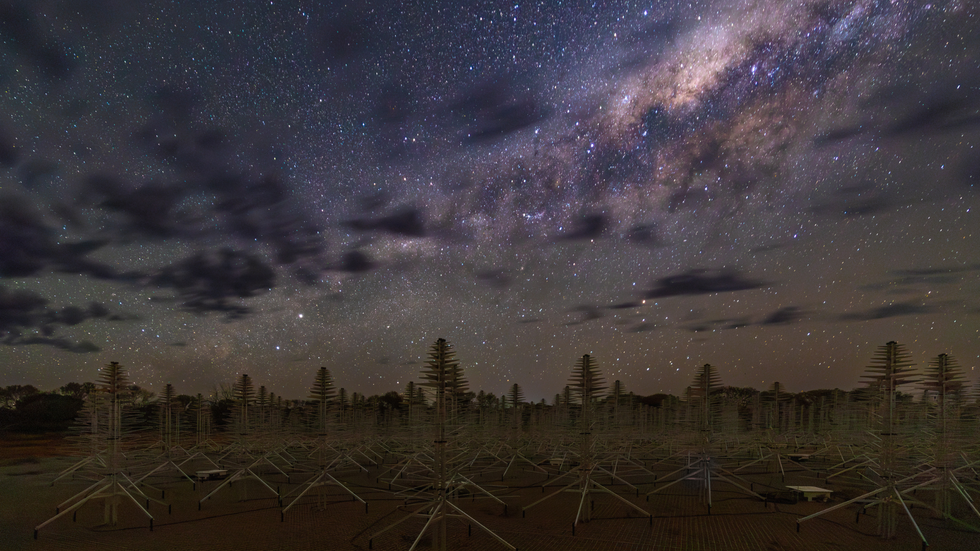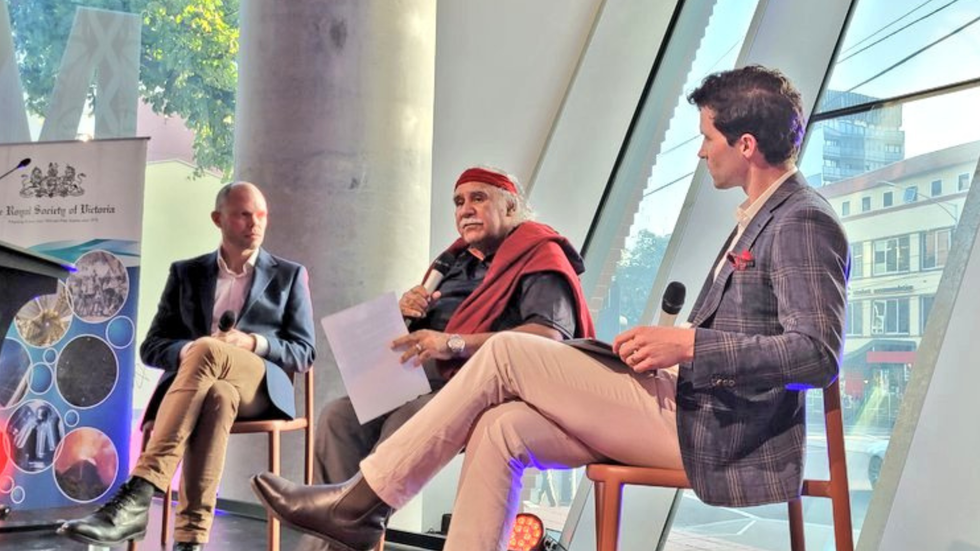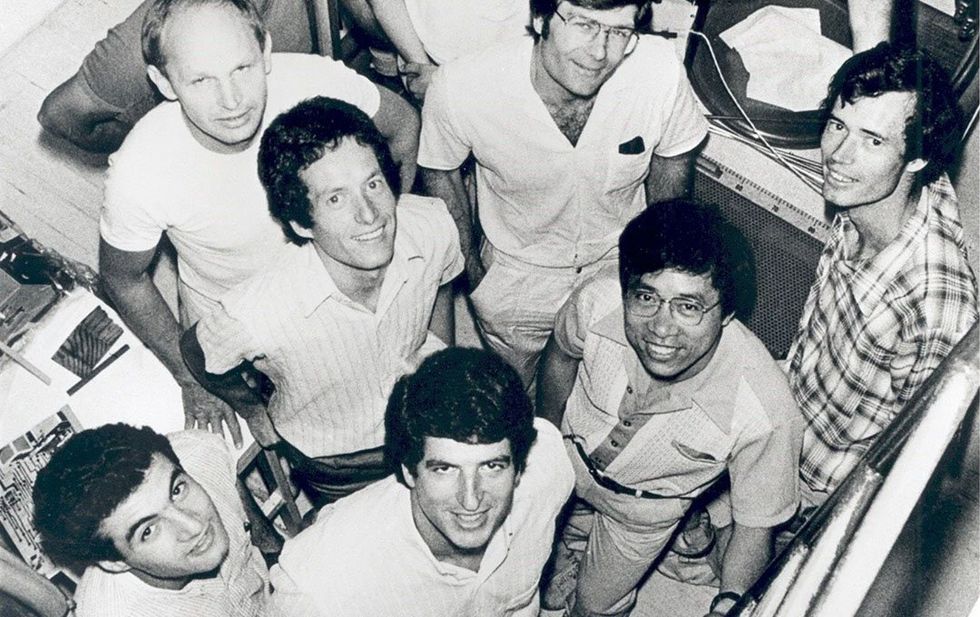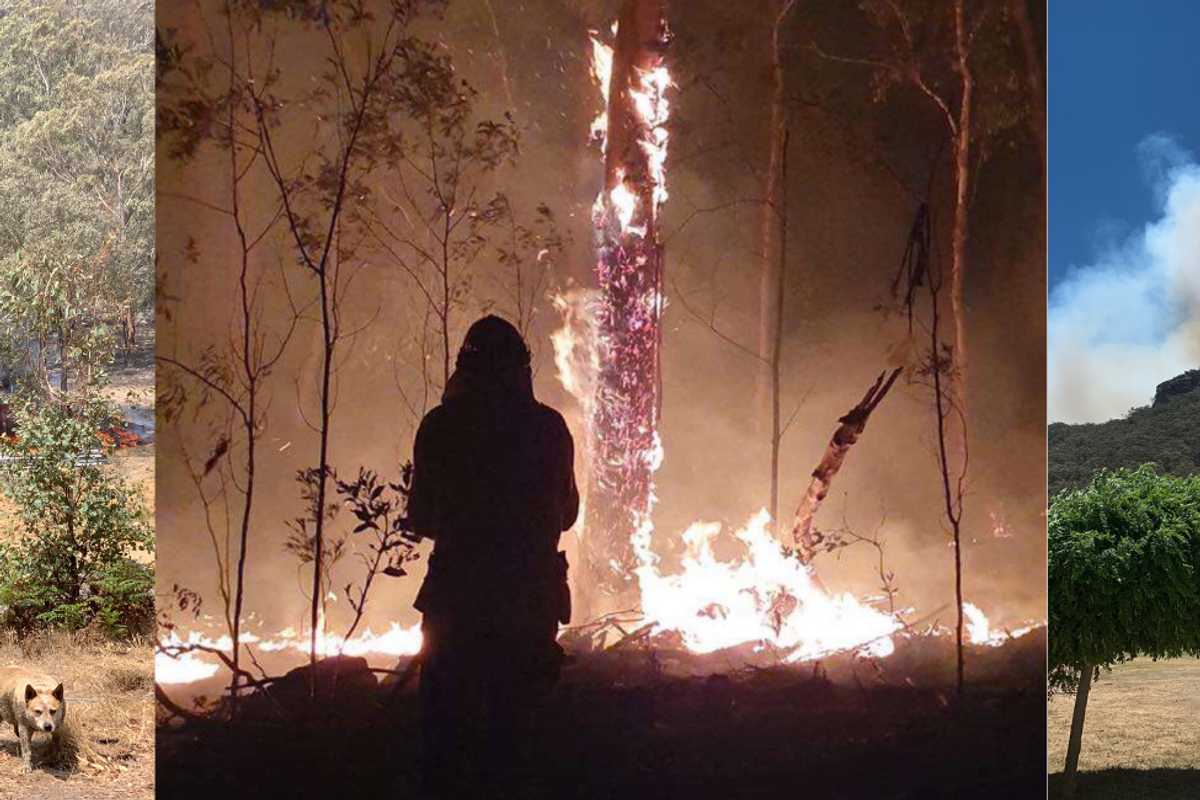As Sydney prepares to host a conference for the world’s leading minds in space exploration, it’s the first astronomers who will offer vital insights
In Australia’s winter months, as Antarctic air spreads a chill over the continent, the absence of rain makes it the best time of year to look up.
Look past the orange glow of city lights, past the skyscrapers, even past the clouds. On a clear winter night, the magnificent Milky Way may be revealed.
For the many cultures that have existed throughout history, this galaxy has meant different things.
For the Cherokee of North America, it traces the path of an ancient spirit dog that stole corn and ran north.
For the San peoples of Southern Africa, it’s glowing embers thrown into the sky from a lonely girl.
And for many First Nations people in Australia, the dark spaces between the distant stars form the unmistakable shape of an emu. Shared across many Nations, the Celestial Emu constellation is one of the richest astronomical observations in pre-colonial Australia and it demonstrates how deeply astronomy was embedded in daily life, survival and cultural law.

This month, Sydney hosts the International Astronautical Congress (IAC), the world’s largest meeting of global space industry leaders. And Worimi Giparr Elder and law professor Deen Sanders is one of five First Nations leaders who will participate in the Australian Space Agency's host plenary event, discussing Indigenous perspectives on sustainable space practices.
"We’ve been encoding knowledge into the skies for tens of thousands of years, before anyone else was even thinking of it," Professor Sanders says.
"The stars were never just stories. They were calendars, compasses, laws and ethics, embedded in the way we lived on this land." Sanders says that, by placing Indigenous knowledge at the heart of its space science approach, Australia is carving out a unique role in the global sector, and it's one that's informed by both ancient understanding and modern ambition.
The richest tradition
Australia’s space sector is small but mighty, involved in many of the industry’s significant milestones.
For example, in 1969, as astronaut Neil Armstrong took his first steps on the Moon, the ACT’s Honeysuckle Creek Station, a NASA-run tracking station, provided the first eight and a half minutes of broadcast images. The Parkes Radio Telescope in NSW soon took over.
A few years before that, in 1967, Australia became the seventh country to launch a satellite, even though the national space body was only formed in 2018.
The world's most powerful radio astronomy facility, the SKA Observatory (SKAO), is currently in construction in outback Western Australia.

And in March 2026, Melbourne-based tech startup Lunaria One will send a 500g payload aboard a Texan rocket to the moon. Hardy will be inside, as part of the first experiment to test growing flora in lunar conditions.
The Australian Space Agency currently employs around 15,000 people, with plans to create an additional 20,000 jobs. And it is aiming for AU$12 billion in annual revenue by 2030, up from AU$5.7 billion in 2020.
But while the past few decades have been exciting, the 65,000 years before that will take centre stage at the Astronautical Congress, with the focus firmly on the ancient knowledge of First Nations astronomers.
"This isn’t just about showcasing Indigenous stories; it’s about integrating them into how we shape the future of space exploration," Professor Sanders says.
"That’s why it matters that this is happening here in Australia. It’s a chance to lead the world not just in technology, but in how we think about space itself."
Myth vs science
For Indigenous peoples, changes in the night skies represent changes on the land. "Sky Country is the same as Country. Everything that is up there is down here," Professor Sanders says.
"A lot of our knowledge of stars is about representing relationships, here and there. It’s not abstract. It's cultural, encoded in story, and tied to responsibility."
For example, the Celestial Emu within the Milky Way provides food gathering information. At the base of the constellation, close to the horizon, multiple dark spots are believed to represent eggs. The appearance of these dark spots signal to Indigenous peoples that it's the right time of year to collect emu eggs for food. As winter goes on, the Emu’s "legs" dip below the horizon, a sign that the eggs are in incubation and collection must stop.
To Westerners, this may seem like mythology. But to First Nations peoples, it’s an advanced system built on observation, recording and interpretation over millennia.

Duane Hamacher, professor of cultural astronomy at the University of Melbourne and author of The First Astronomers, says understanding the blurry lines between myth and science is the key to unlocking vital astronomical information.
"We think of myth as something that isn’t meant to be taken literally, usually because of a Western, often Abrahamic religious framework," Professor Hamacher says.
"But Indigenous knowledge doesn't work that way, they’re not dogmatic, and they don’t rely on power dynamics to assert truth,"
"It’s not just about extracting the bits that sound like science so we can say, ‘Look, see, it’s useful!’ It’s about understanding a knowledge system that’s been working for tens of thousands of years."
Into the future
One of the key themes at the IAC is Sustainable Space. As more countries launch orbital satellites and plan lunar missions, there’s an increasing risk of a lawless cosmic environment, littered with space junk.
Sustainable development is something First Nations cultures understand well. "We need to shift our mindset. Indigenous knowledge offers a way of thinking long-term, asking: how will this affect our cultures, our societies, our identity?" Professor Hamacher says.
"Those questions are often dismissed because they’re too hard, or they slow down the economy."
"If we’re talking about sustainability, then we need to listen. These communities have survived climate shifts, disasters, upheavals for tens of thousands of years. How do you do that? That’s the question we’re not asking and should be."
So, as international industry leaders gather in Sydney this month to discuss everything from satellites to lunar rovers, the Celestial Emu will be shining overhead. It may not be visible from the city at that time, but it has a role to play.
"The relationship between Indigenous science and space is front and centre at this Congress. That’s what makes it so exciting. It’s not a side note, it’s a priority," says Professor Sanders.
"I’m excited to see how these worlds of knowledge, law, culture, science, space, are coming together. That’s what this Congress is showcasing."
Related Stories
'A huge way to go': Nakari Thorpe on telling diverse Indigenous stories
 'A huge way to go': Nakari Thorpe on telling diverse Indigenous storiesSupplied: ABC
'A huge way to go': Nakari Thorpe on telling diverse Indigenous storiesSupplied: ABCVoice: No surprise but I'm ashamed of my town's friendly rural 'facade'
 How could a country so rich in diversity turn its back on its First Peoples during the Voice to Parliament referendum. SHUTTERSTOCK
How could a country so rich in diversity turn its back on its First Peoples during the Voice to Parliament referendum. SHUTTERSTOCKPodcast: Godfather of solar on long road to bright future
 Professor Green (front centre) and his team made the first 20 per cent-efficient silicon sale in 1985.UNSW
Professor Green (front centre) and his team made the first 20 per cent-efficient silicon sale in 1985.UNSWArchie is a Masters of Journalism student and freelance writer who loves staying up until all hours watching the Australian cricket team. He is an avid writer of sport, film and social issues, with a focus on long-form narrative journalism.






